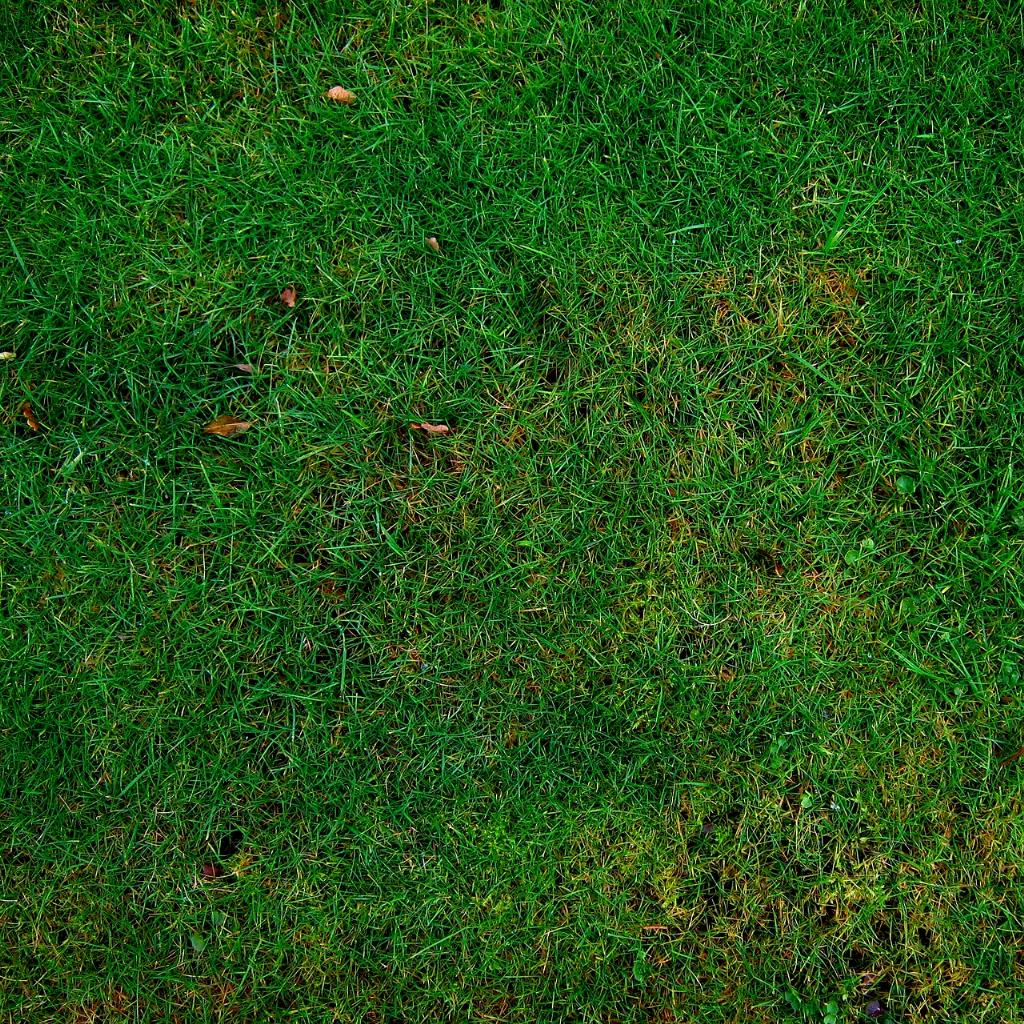So, you’re here because you’re experiencing those unwanted critters wreaking havoc on your pristine lawn—the dreaded lawn grubs. But have you ever wondered what actually causes these grubs to appear in your yard?
Let’s start from the very beginning. The lifecycle of lawn grubs all starts with the adult beetles. During the warmer months, typically around late summer, female beetles make their appearance in your garden, ready to lay their eggs.
These beetles are quite particular about where they deposit their eggs. They prefer soil that is just one or two inches deep—the perfect spot for their offspring to thrive. This laying process can last for a few weeks, with each female beetle potentially laying up to 60 eggs during this time span.
Once these eggs are safely nestled in the soil, they undergo a transformation into the larvae stage, known as grubs. These grubs are voracious eaters and feed on grassroots, causing the visible damage on the surface of your lawn.
Now, you might wonder, why is my lawn targeted by these beetles in the first place? One of the primary reasons is the type of grass you have in your yard. Certain grass species are more attractive to beetles for egg-laying purposes.
Another factor that can contribute to a lawn grub infestation is the presence of thatch in your lawn. Thatch is a layer of dead grass stems, roots, and debris that accumulates on the soil surface. This layer provides an ideal environment for beetles to lay their eggs.
Poor soil health can also play a role in attracting beetles to your lawn. Soil that lacks proper nutrients or is compacted can create conditions that are favorable for beetle activity.
In addition to soil health, environmental factors such as moisture levels can also influence the presence of grubs in your lawn. Beetles tend to prefer moist soil for egg-laying, so areas with excessive moisture may be more prone to infestations.
Furthermore, the surrounding landscape and vegetation can impact the likelihood of a lawn grub invasion. If neighboring lawns or green spaces are already infested, there is a higher chance that beetles may migrate to your property.
Lastly, cultural practices like overfertilization or frequent watering can inadvertently attract beetles to your lawn. Excess nutrients from fertilizer can stimulate beetle activity, while excessive watering can create the ideal conditions for egg development.
By understanding the various factors that contribute to lawn grub infestations, you can take proactive measures to protect your lawn from these unwanted pests. Implementing proper lawn care practices and monitoring your turf regularly can help ensure a healthy and grub-free lawn.

